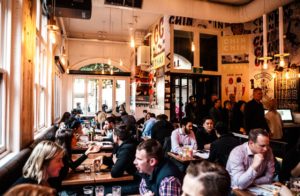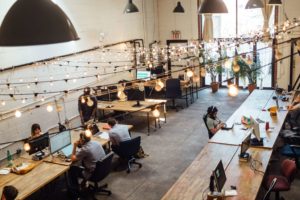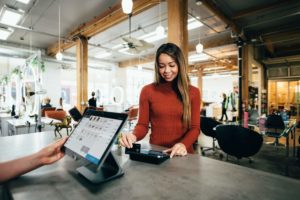
Managing COVID in the hospitality industry with Shaun McDonald from Lucas Group
Lucas Group has six restaurants across Sydney and Melbourne including Chin Chin, Kisumé, Gogo Bar, Baby Pizza and more. Their

Elevate your talent attraction and retention with free employee benefits. Uncover a platform that effortlessly entices, engages, and retains your valuable staff.
Get a free demoSee how leading healthcare organisation Healius turned turnover into triumph with Flare.
Read Healius’ storyDevelop your business skills and HR expertise with the Flare Benefits Resource Hub. Get access to helpful tools, articles, guides, webinars, and other on-demand resources that can help your business attract, hire, and retain top talent.
Explore insights from our comprehensive survey of 1500+ Australian workers across a variety of industries, revealing the benefits that genuinely make an impact.
Still haven't found what you're looking for? We're here to help.
Get in touch
Lucas Group has six restaurants across Sydney and Melbourne including Chin Chin, Kisumé, Gogo Bar, Baby Pizza and more. Their

As Australia begins to re-open doors to businesses, company leaders are also starting to plan what the return to work

The National Cabinet has anticipations of reopening Australia in July. This is good news for many, especially retail workers. But
Lucas Group has six restaurants across Sydney and Melbourne including Chin Chin, Kisumé, Gogo Bar, Baby Pizza and more. Their aim is to provide exceptional dining experiences which redefine the boundaries of expectations and excite the senses. In this interview, we chat to Shaun McDonald, the General Manager of People and Development, about how Lucas […]